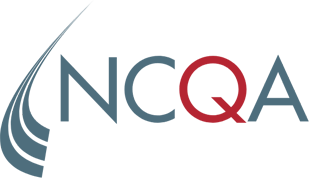AR-KM 1: Problem Lists
NCQA recognizes that the upload requirements for AR-KM 1 (2026) require entering either a numerator, denominator and reporting period OR an uploaded list of top priority conditions and concerns. One of these evidence options will be left blank. This criterion only requires one of the two evidence fields listed to be completed.
AR-AC 2: Appointments Outside Business Hours
AR-AC 2 (2026) requires a Documented Process and Evidence Upload. If extended hours are provided at the practice site, the organization does NOT need to provide a Documented Process. To satisfy the minimum upload requirements in Q-PASS, please create a file (word, PDF, etc.) that indicates that extended hours are provided at the practice site.
AR-CM 3: Person-Centered Care Plans
For AR-2026, all five categories of care management are listed within the Q-PASS upload. You will only upload evidence into 3 of the 5 categories provided, based off of your organization’s care management efforts. The reason for this reformat is to help evaluators more easily identify what a care plan is managing, as often patients may fall into multiple categories based on diagnoses listed on the care plan. Identifying what CM category the patient is being care managed for helps us eliminate unnecessary back and forth with practices as much as possible. Please note that AR-CM 3 is a site-specific criterion, so each practice-site will need to complete this AR upload. It is acceptable for practice-sites within the same organization to have differing categories that are care managed, as patient populations differ.
This applies to the following Programs and Years:
PCMH 2017

